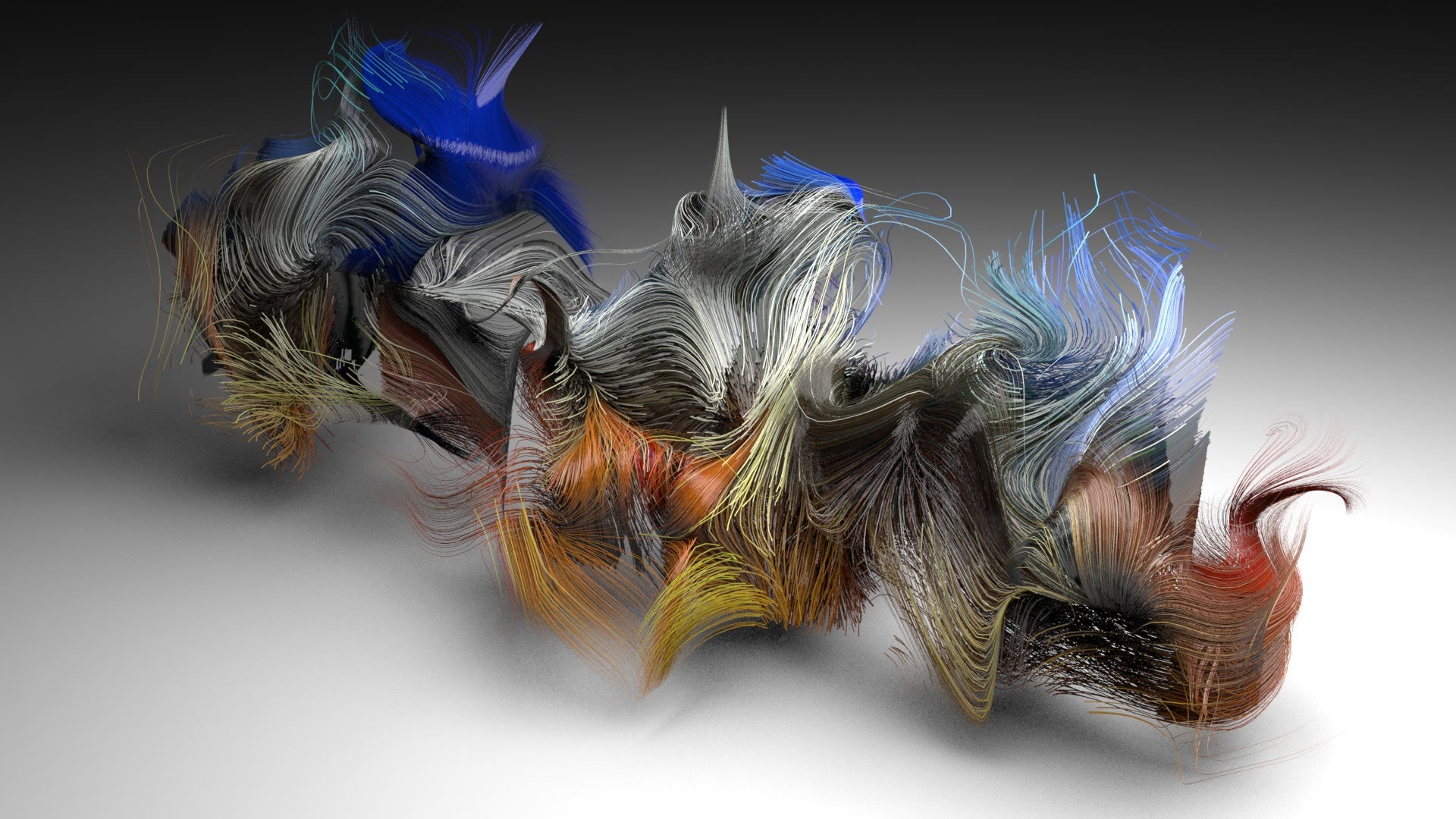everything starts out ugly, 2021
About The Artwork
I always say “everything starts out ugly”. The Process of trying to get this idea you have to exist beyond your own head is exactly that – a process and one that is often messy and noisy at the beginning.
Throughout this residency I’m going to share early sketches for previous work as well as work-in-progress for new work as we lead up to the opening of the .ext show on the 25th May.
To start off, this is an early exploration for what would eventually become my first ever NFT – Black Mamba’s Revenge, using the final fight scene from Kill Bill Vol. One to create a flowing digital sculpture.
About Brendan Dawes
WORDS BY BRENDAN DAWES: “I’ve always been fascinated by the possibilities of creating with computers. From the moment I plugged in a Sinclair ZX81 and a cursor blinked back at me, inviting me to type something to the generative systems I now build to “make a thing which makes a thing” the curiosity has only increased. It’s through working with these machines — these code based collaborators — that I can put into the world my thoughts and ideas exploring our relationship and interactions with the analog and digital.”
Demanding participation, Brendan Dawes’ artistic practice harnesses time as medium in his explorations of the surrounding world. By means of code, data, and generative systems, Dawes’ interest in human connection is revealed across electronic objects, screens, physical sculpture and interactive installation. Much of the artist’s work instigates dialogue. Take real-time generative work You, Me, and the Machine (2022) – created for the Herbert W. Franke Tribute – which morphs its appearance in relation to a viewer’s proximity, or Passengers BCN (2023) – created for Digital Impact, Barcelona – which responds to official passenger data from Barcelona airport during COVID and gives sculptural form to the relationship between digital and physical. An openness to collective authorship gives Dawes’ conceptual approach a tangible accessibility and a playful edge, which serves to interrogate the rigidity and revelations of data.



